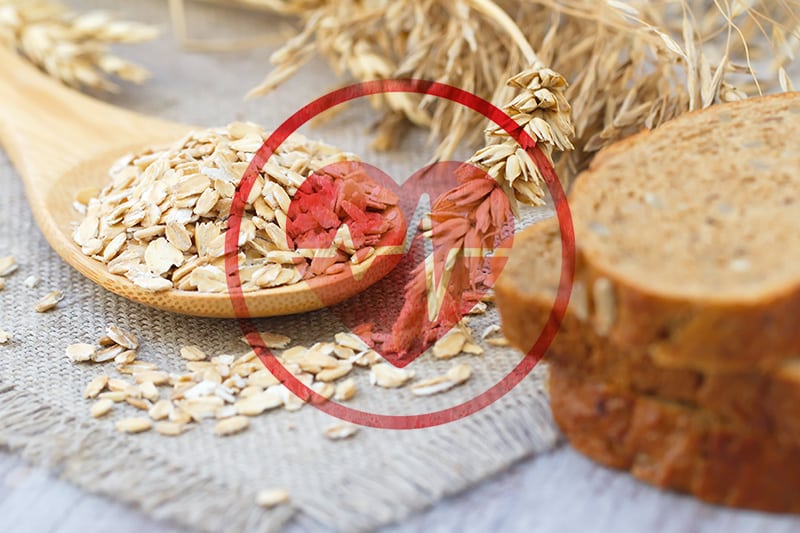How do whole grains contribute to heart health?
Whole grain foods contain fiber, a nutrient that’s important for keeping the heart healthy. Fiber works as a magnet for pulling cholesterol out of the body. High cholesterol levels, especially the LDL “bad” cholesterol, is a marker for heart disease risk. If you can keep your LDL cholesterol levels low, you can decrease your heart disease risk. Fiber helps with that.
Fiber is also associated with satiety, meaning that when you eat higher-fiber foods, you tend to feel fuller longer than if you ate lower-fiber foods. When you eat less, you tend to gain less weight. Heavier weight (especially carrying excess weight around your midsection) is another risk factor for heart disease.
Diets that include whole grain foods are also associated with better heart health. For example, the DASH diet – Dietary Approaches to Stop Hypertension – includes whole grains as part of its eating plan. Whole grains are also part of the Mediterranean Diet, the eating pattern ranked by US News & World Report as among the top diets to follow and the heart-healthiest diets.
So is it the grains that are heart healthy, or just the fiber itself? Can I just take fiber pills?
Whole grain foods provide more than just fiber – they’re a great source of B-vitamins, iron, magnesium, and other vitamins and minerals. And while grain foods are most associated as a carbohydrate source, they also provide some protein which helps with muscle and cell function.
Eating whole grain foods gives you a full package of nutrients. According to food intake data, grain foods contributed to less than 15% of total daily calories while delivering 20% or more of daily fiber, folate and iron, and at least 10% of calcium, magnesium and vitamin A.
Plus, they’re delicious! You can’t say the same about a pill.
Some grain foods carry a heart-health label on packages and some don’t. Why is that?
For a whole grain food to make a health claim, such as lowering cholesterol or reducing the risk for heart disease, the food must meet specific criteria outlined by the U.S. Food and Drug Administration (FDA). The criteria are based on fiber content of the whole grain foods as well as its fat content.
Food companies may also opt to submit their products for certification, which would also allow them to carry a label about their heart-healthfulness. The American Heart Association’s Heart-Check mark is an example of a voluntary label that manufacturers can use if their products meet certain criteria. The Whole Grain Stamp is another label to help consumers identify products that help meet daily goals for whole grains.

